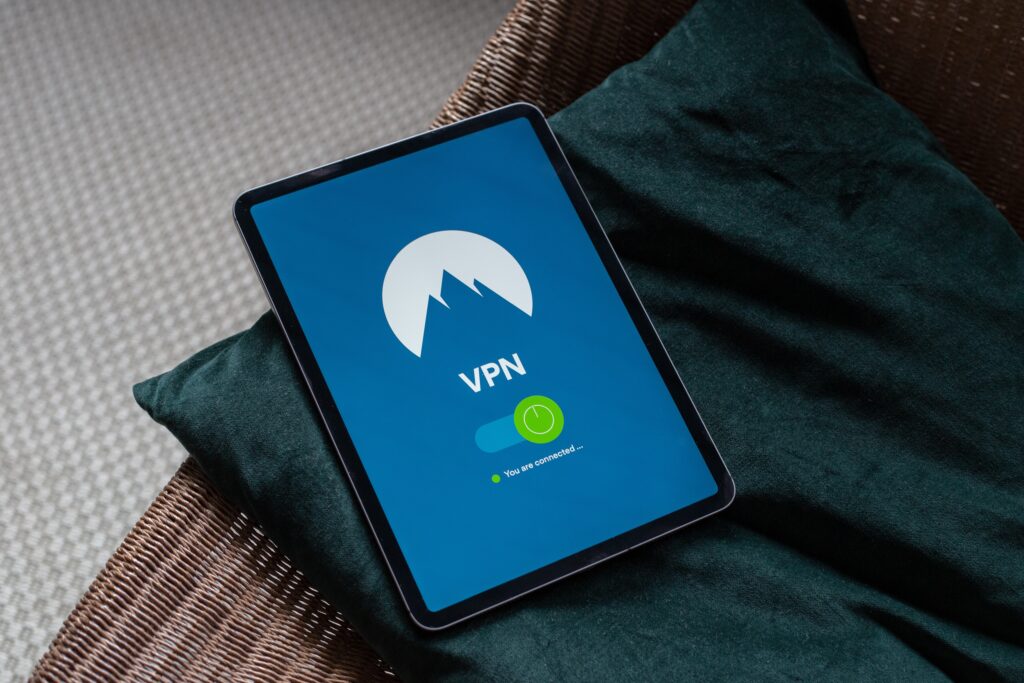Are you curious about the intricacies of RMF and CMMC in the realm of cybersecurity? Look no further! In this article from Infosecurity Magazine, you’ll gain a deeper understanding of these two crucial aspects of cybersecurity. From exploring the latest cyber security exploits to discussing vulnerabilities and hacking, this article delves into the world of cyber security software and the Cyber SIEM framework. So, join us as we unravel the mysteries of RMF and CMMC, providing you with valuable insights to bolster your knowledge in the ever-evolving field of cybersecurity.

Understanding RMF (Risk Management Framework)
What is RMF?
The Risk Management Framework (RMF) is a set of guidelines and processes that organizations use to manage and mitigate cybersecurity risks. It provides a structured approach to identifying, assessing, and responding to security threats, ensuring the confidentiality, integrity, and availability of information systems and data. RMF is widely recognized as a best practice framework for organizations of all sizes and industries.
Why is RMF important?
RMF is important because it helps organizations proactively identify and address potential security risks. By following the RMF guidelines, organizations can develop a comprehensive understanding of their current security posture and take appropriate measures to protect their systems and data. RMF also helps organizations comply with regulatory requirements, build trust with customers, and establish a solid foundation for cybersecurity.
The components of RMF
The RMF consists of several key components, which include:
- Categorization: Organizations identify and categorize their information systems based on the potential impact of a security breach.
- Selection: Organizations select appropriate security controls to protect their information systems based on the identified risks.
- Implementation: Organizations implement the selected security controls and document their implementation.
- Assessment: Organizations assess the effectiveness of the implemented security controls and identify any vulnerabilities or weaknesses.
- Authorization: Organizations obtain authorization to operate their information systems based on a risk assessment and the effectiveness of the implemented controls.
- Continuous Monitoring: Organizations continuously monitor their information systems to identify and respond to emerging threats and vulnerabilities.
The steps of RMF
The RMF consists of a systematic process that organizations follow to manage their cybersecurity risks. The steps of the RMF are as follows:
- Initiation: Organizations establish the scope and boundaries of their RMF implementation and identify the key stakeholders.
- Security Categorization: Organizations categorize their information systems based on the potential impact of a security breach.
- Security Control Selection: Organizations select appropriate security controls to protect their information systems based on the identified risks.
- Security Control Implementation: Organizations implement the selected security controls and document their implementation.
- Security Control Assessment: Organizations assess the effectiveness of the implemented security controls through testing and evaluation.
- Authorization to Operate: Organizations obtain authorization to operate their information systems based on a risk assessment and the effectiveness of the implemented controls.
- Continuous Monitoring: Organizations continuously monitor their information systems to identify and respond to emerging threats and vulnerabilities. Regular assessments and reporting are conducted to ensure ongoing compliance.
How to implement RMF
To implement RMF effectively, organizations should follow these steps:
- Educate: Gain a thorough understanding of RMF principles, guidelines, and best practices through training and education.
- Assess: Evaluate the current security posture of your organization and identify vulnerabilities and areas of improvement.
- Plan: Develop a comprehensive RMF implementation plan that encompasses all relevant components and steps.
- Assign Roles: Assign dedicated cybersecurity roles and responsibilities to individuals within the organization.
- Implement: Implement security controls based on the selected controls and document their implementation.
- Assess and Monitor: Regularly assess and monitor the effectiveness of the implemented security controls and make necessary adjustments.
- Continuous Improvement: Continuously improve your organization’s security posture by staying informed about emerging threats and updating your security measures accordingly.
Introduction to CMMC (Cybersecurity Maturity Model Certification)
What is CMMC?
The Cybersecurity Maturity Model Certification (CMMC) is a unified cybersecurity standard for organizations working with the United States Department of Defense (DoD). It is designed to establish and ensure the necessary cybersecurity controls and processes are in place to safeguard sensitive information and support the defense supply chain.
Why is CMMC important?
CMMC is important because it raises the bar for cybersecurity in the defense industrial base. It ensures that organizations are appropriately protecting sensitive information by implementing a set of cybersecurity controls and practices. CMMC helps maintain the integrity and confidentiality of critical information, strengthens the defense supply chain, and reduces the risk of cyber-attacks on sensitive DoD information.
The levels of CMMC
CMMC consists of five levels, each representing an increasing level of cybersecurity maturity and rigor. These levels are:
- Level 1 – Basic Cyber Hygiene: Organizations at this level implement basic cybersecurity practices to safeguard federal contract information (FCI).
- Level 2 – Intermediate Cyber Hygiene: Organizations at this level establish and document standardized cybersecurity processes and policies.
- Level 3 – Good Cyber Hygiene: Organizations at this level demonstrate good security practices and actively manage and document their cybersecurity program.
- Level 4 – Proactive: Organizations at this level have a proactive approach to cybersecurity and demonstrate a higher level of operational security.
- Level 5 – Advanced/Progressive: Organizations at this level have an advanced and progressive approach to cybersecurity and have optimized their cybersecurity practices.
CMMC requirements
CMMC requires organizations to demonstrate compliance with a specific set of cybersecurity controls and processes based on the assigned level. These requirements include:
- Access Control: Organizations must control and limit access to systems and data based on principles of least privilege and need-to-know.
- Asset Management: Organizations must establish and maintain an inventory of authorized and unauthorized assets.
- Risk Management: Organizations must identify, assess, and manage risks associated with their information systems.
- Incident Response: Organizations must develop and implement incident response plans to respond to and recover from cybersecurity incidents.
- Audit and Accountability: Organizations must establish and implement mechanisms to track and record user and system activities.
CMMC certification process
The CMMC certification process involves working with a certified third-party organization (C3PAO) to assess and certify an organization’s compliance with the required cybersecurity controls. The process includes:
- Preparation: Organizations prepare for the certification assessment by implementing and documenting the required cybersecurity controls.
- Assessment: The C3PAO assesses the organization’s compliance with the required cybersecurity controls and processes.
- Certification: Organizations receive certification indicating their level of cybersecurity maturity and their ability to handle sensitive DoD information and contracts.
- Annual Reviews: Certification must be renewed annually through regular assessments and reviews to ensure ongoing compliance.

Relationship between RMF and CMMC
Overview of the relationship
RMF and CMMC are closely related frameworks. RMF provides a comprehensive and systematic approach to managing cybersecurity risks, while CMMC uses RMF as a foundation to establish specific cybersecurity controls and practices for organizations in the defense industrial base. CMMC builds upon the principles and processes of RMF, adding additional requirements and certifications specific to the defense sector.
How RMF and CMMC work together
RMF and CMMC work together by providing organizations with a structured framework and processes to manage cybersecurity risks while ensuring compliance with specific cybersecurity requirements. RMF helps organizations build a solid foundation for cybersecurity by identifying and addressing potential risks, while CMMC builds upon this foundation to establish tailored cybersecurity controls and practices for the defense sector.
Compliance with both RMF and CMMC
Organizations that already follow RMF guidelines are well-positioned to comply with CMMC requirements. By implementing RMF and continuously monitoring their security posture, organizations can align with the necessary controls and processes required for CMMC certification. Compliance with both RMF and CMMC is essential for organizations in the defense sector to protect sensitive information and maintain their contracts with the DoD.


